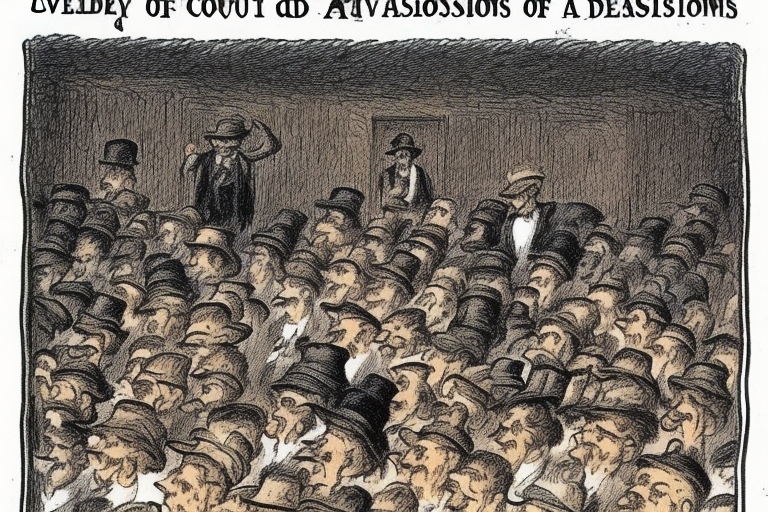
In a shocking turn of events, the US Supreme Court has made a groundbreaking decision to overturn college admissions based on the color of one's hat. Yes, you read that correctly - hat color. This decision has left many scratching their heads, wondering how such a trivial factor could become the basis for such an important process.
According to the Court, this ruling is a result of their tireless efforts to promote equality and diversity in educational institutions. Apparently, they believe that by considering the color of one's hat, colleges will be able to create a more inclusive and representative student body. Because, you know, the color of your hat is a true reflection of your intellectual capabilities and potential.
It seems that the Court has forgotten the purpose of college admissions altogether. Instead of focusing on academic achievements, extracurricular activities, and personal statements, they have decided to prioritize something as trivial as hat color. This decision has left high-achieving students who have spent years working hard to build an impressive resume feeling utterly perplexed.
Imagine the chaos that will ensue when college admissions officers start receiving applications with detailed descriptions of hat colors. "Dear Admissions Committee, I am a passionate student with a bright future ahead of me. My hat color is a vibrant shade of purple, which represents my creativity and unique perspective on life." It's hard to believe that this is what the college admissions process has come to.
Furthermore, this ruling raises some important questions. Will colleges now be required to offer a variety of hat color options to ensure equal representation? Will there be a quota system for each hat color, ensuring that no color is over or underrepresented? And what about those poor students who don't wear hats at all? Will they be automatically disqualified from the admissions process?
One can't help but wonder what other absurd factors the Supreme Court may consider in the future. Will they start evaluating applications based on the pattern of one's socks? Or perhaps the brand of toothpaste one uses? The possibilities are endless, and quite frankly, terrifying.
As we navigate through this new era of college admissions based on hat color, it's important to remember that education should be about merit and intellectual potential, not the color of our accessories. Let's hope that the Supreme Court comes to its senses and overturns this ludicrous decision before we find ourselves in a world where our academic futures are determined by our fashion choices.